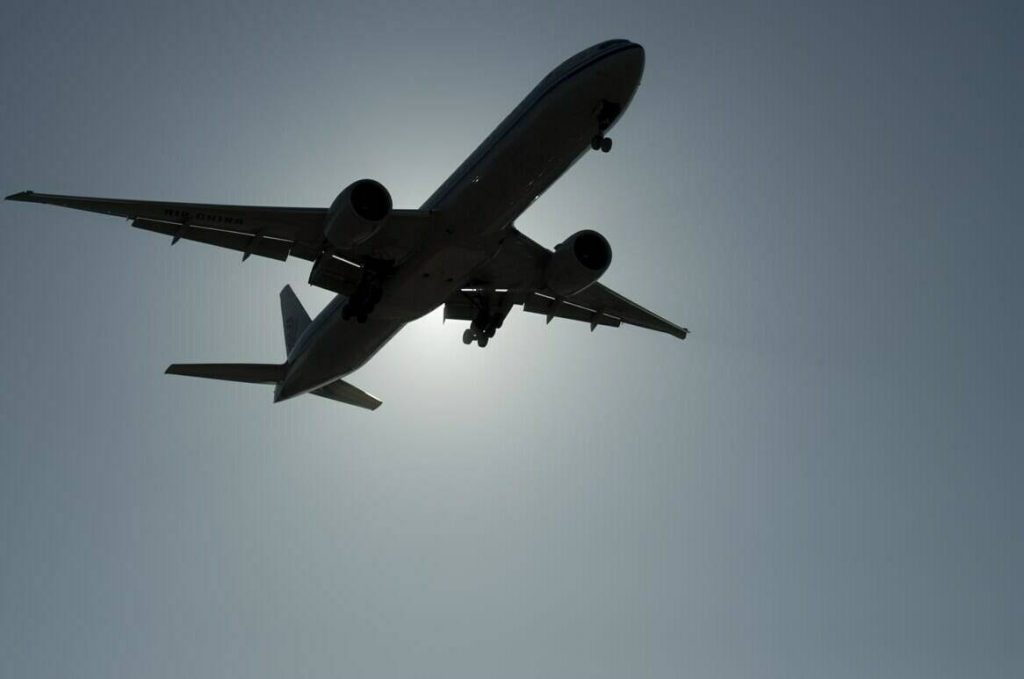
Canadian travelers and airlines are facing pricier flights due to Russia’s airspace ban that has been in effect for over a year. In response to airspace prohibitions against it by several countries that support Ukraine, including Canada, the US, and the EU, Russia banned these countries’ operators from its airspace. The ban has led to European airlines having to reroute planes on long detours to reach Asia and the Middle East. Canadian carriers, too, are impacted, with flights to East and South Asia forced to skirt around Russian airspace daily, leading to longer trips, higher fuel and labor costs, and ultimately, higher fares for passengers.
The detours mean that flight paths to Asia do not cut straight across the Pacific Ocean, but rather trace an arc through the Arctic and, before the airspace bans, through eastern Russia. The adjusted routes can be up to 10% longer than before, leading to extra fuel costs. As a result, ticket prices for Canadian carriers have increased, putting them at a competitive disadvantage to carriers that are exempt from Russia’s airspace ban, such as China Airlines, Cathay Pacific, Korean Air, and Air India.
Air Canada and other barred airlines are at a financial disadvantage, and the lost annual market share of US carriers due to the ban has been estimated at around $2 billion. Air Canada’s routes to Asia, India, and the Middle East have been rerouted due to the prohibition on Russian airspace, and some routes have been suspended altogether. The airline industry group Airlines for America has pressed the US government to bar airlines that still fly over Russia from landing or departing at US airports.
As a result of the ban, Canadian travelers and airlines are paying higher fares, leading to an overall negative impact on the airline industry. Code-sharing agreements are helpful, but not enough to offset the financial losses incurred due to the ban.